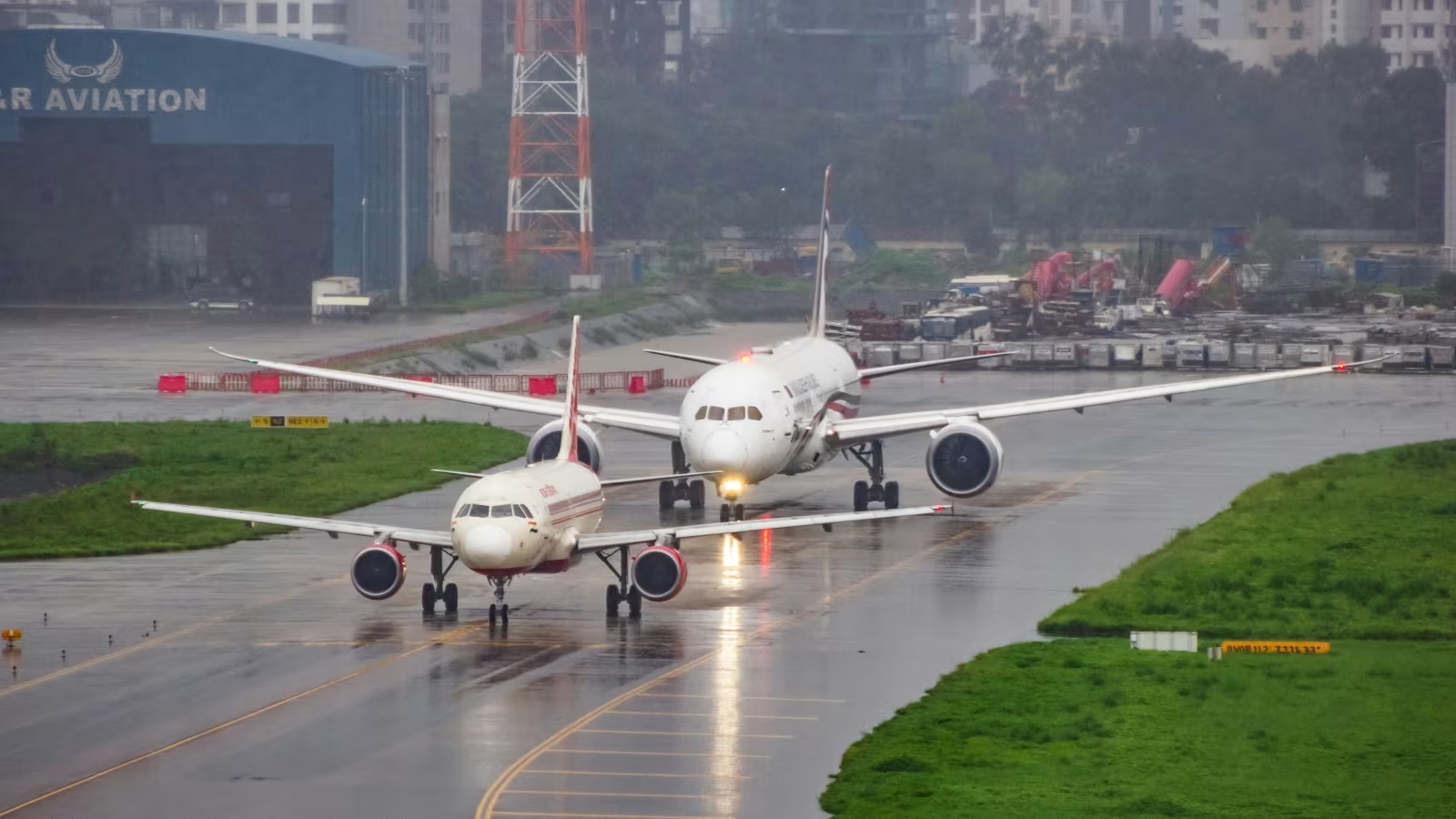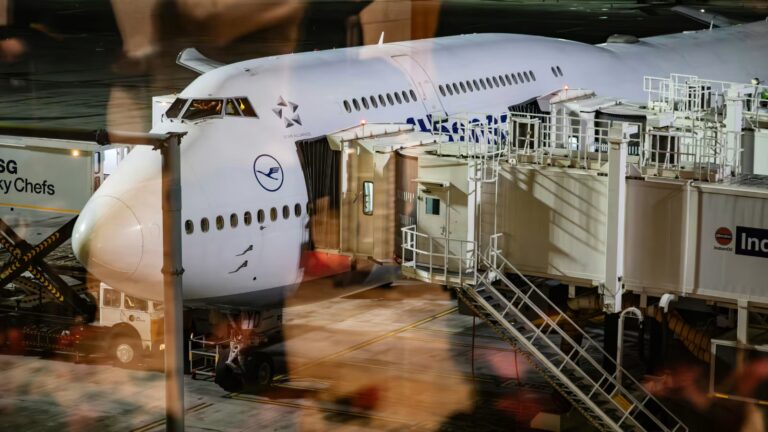The aviation industry is no stranger to crises. From pandemics and natural disasters to economic downturns and security threats, airlines must navigate a complex landscape of uncertainties.
At Vayu Aviation, we specialize in helping airlines develop robust crisis management strategies to ensure operational resilience.
In this blog, we’ll explore key areas of focus for crisis management, offering practical insights and real-world examples to help airlines prepare, respond, and recover effectively.
Key Strategies for Crisis Management
Risk Assessment and Planning
Effective crisis management begins with identifying potential risks. Airlines should conduct thorough risk assessments to pinpoint vulnerabilities, such as pandemics, natural disasters, or economic downturns.
Developing contingency plans for various scenarios is essential, outlining steps for response and recovery. Regular training and simulation exercises, as highlighted in Navigating Turbulence: Effective Crisis Management Strategies in Aviation, ensure staff are prepared.
For instance, simulations for in-flight incidents like engine failures or decompressions enhance readiness.
| Strategy | Details |
| Identify Potential Crises | Assess internal and external factors, including health emergencies and economic conditions. |
| Develop Contingency Plans | Create detailed plans for scenarios like airspace closures or demand drops, ensuring rapid response. |
| Training and Simulation | Conduct regular exercises for flight crews, ground staff, and air traffic controllers to build skills. |
Communication and Stakeholder Management
Communication is a cornerstone of crisis management. Airlines must establish protocols for clear, timely, and transparent communication using multiple channels, such as social media, email, and airport announcements.
This approach, detailed in Crisis Management on the Ground: How to Respond Effectively to Unexpected Situations, is vital for maintaining passenger trust and minimizing confusion. Case studies like the “Miracle on the Hudson” demonstrate effective crew-emergency responder coordination (Navigating Turbulence: Effective Crisis Management Strategies in Aviation), while the disappearance of Malaysia Airlines Flight MH370 (2014) underscores the need for transparency.
| Strategy | Details |
| Clear Communication | Use multiple channels (social media, SMS) for updates to passengers, employees, and regulators. |
| Case Studies | Analyze successes (Hudson) and failures (MH370) to refine communication strategies. |
Operations and Supply Chain Resilience
Resilient operations require flexibility in scheduling and fleet management to adapt to disruptions. Redundant systems and backup plans for critical operations, such as IT and maintenance, minimize downtime.
Diversifying suppliers, as seen in the industry’s response to supply chain challenges during COVID-19, prevents single points of failure. For example, airlines shifted to cargo and vaccine delivery, with air cargo demand reaching an all-time high in Q3 2020 (5 The Aviation Industry’s Response to the COVID-19 Pandemic | Flying in the COVID-19 Era: Science-based Risk Assessments and Mitigation Strategies for Safe Air Travel).
| Strategy | Details |
| Flexible Scheduling | Adjust flight frequencies based on demand, as seen during COVID-19 lockdowns. |
| Redundant Systems | Implement backup IT and maintenance systems to ensure continuity. |
| Supplier Diversification | Reduce reliance on single suppliers to mitigate supply chain risks. |
Human Resources and Employee Support
Employees are the backbone of airline operations, and their well-being is critical during crises. Provide support during furloughs, offer retraining programs, and address mental health needs to maintain morale.
Delta Airlines, for instance, implemented weekly testing (12,000 tests/week) and vaccination programs for employees over 65 during COVID-19 (5 The Aviation Industry’s Response to the COVID-19 Pandemic | Flying in the COVID-19 Era: Science-based Risk Assessments and Mitigation Strategies for Safe Air Travel), ensuring a skilled workforce for recovery.
| Strategy | Details |
| Employee Well-being | Offer support during furloughs, retraining, and mental health challenges. |
| Maintain Workforce Skills | Invest in continuous training to prepare for post-crisis operations. |
Technology and Innovation
Technology plays a pivotal role in crisis management. Use AI, big data, and digital twins for crisis prediction, simulation, and real-time monitoring, as outlined in Navigating Turbulence: Effective Crisis Management Strategies in Aviation.
During COVID-19, Boeing and Airbus developed programs like the Confident Travel Initiative and Keep Trust in Air Travel, focusing on cleaning (efficacy 99-99.99%) and cabin airflow (renewed every 2-3 minutes, HEPA filters remove >99.9% particles) (5 The Aviation Industry’s Response to the COVID-19 Pandemic | Flying in the COVID-19 Era: Science-based Risk Assessments and Mitigation Strategies for Safe Air Travel).
Digital transformation enhances operational efficiency and customer experience.
| Strategy | Details |
| Leverage Technology | Use AI for weather analysis, digital twins for simulation, and real-time monitoring. |
| Digital Transformation | Implement contactless services and AI optimization for better crisis response. |
Regulatory Compliance and Advocacy
Stay informed about regulatory changes during crises and advocate for policies that support the industry. Post-crisis, conduct thorough analyses to review communication logs, decision-making, and procedures, improving future preparedness.
After the Eyjafjallajökull eruption, European authorities created concentration chart advisories for hazard zones (<2-4 mg/m3 deemed low density, allowing transit with enhanced risk assessment) and formed the International Volcanic Ash Task Force (IVATF) in May 2010, finishing in June 2012 (Impacts & Mitigation – Impact of 2010 Eyjafjallajökull Eruption).
Similarly, post-9/11, the TSA was created, federalizing security personnel and instituting new protocols (How 9/11 Changed The Aviation Industry).
| Strategy | Details |
| Stay Informed | Monitor regulatory changes, such as new security measures post-9/11. |
| Post-Crisis Analysis | Review procedures to identify lessons learned, enhancing future responses. |
Conclusion
Building resilient airline operations requires a comprehensive approach, integrating risk assessment, communication, operational flexibility, employee support, technology, and regulatory compliance. By learning from past crises and continuously improving strategies, airlines can navigate uncertainties effectively.
At Vayu Aviation, we are committed to supporting the industry through consultancy services, ensuring airlines are prepared for any challenge.



